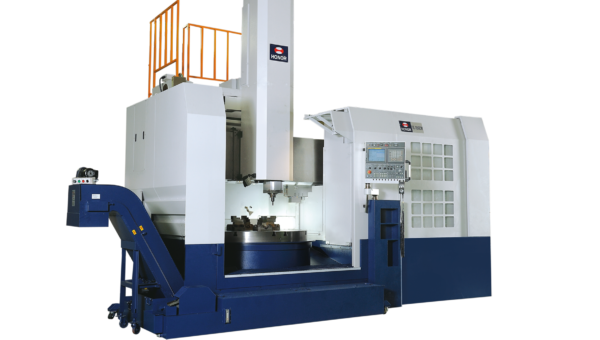The Benefits Of Choosing Manual Milling and Lathe Machines
17 Jun 22
If you’re taking on a project requiring custom machining processes to achieve a specific, desired result, your research has undoubtedly brought you to manual milling and lathe machines.
But what are the differences between these two very similar machines, and more importantly, what are the benefits of choosing them to complete your project?
We have pulled together all the must-know advice and information on the benefits of choosing milling and lathe machines here and offered guidance on which is an option better suited to your needs.
But first, let’s start with what each of these machines are and what they do with a quick breakdown.
What is a Manual Milling Machine?
A manual milling machine is a machining process used to remove materials at an angle utilising a rotating cutter.
It is best used for cutting curved or unusual surfaces and works using a motor-driven spindle mount that revolves around the milling cutter. It can be used for various operations, from cutting very small parts to more heavy-duty milling, as a range of different tools can be used with the machine.
As the name suggests, it is a manual machine that requires trained professionals to operate. Find out more about manual milling machines and how they work in our extensive guide to milling machines.
What is a Lathe Machine?
Like the manual milling machine, a lathe machine utilises a rotating mechanism; however, in this instance, it is a stationary cutting tool with a rotating workpiece.
Lathe machines can be used for a variety of purposes, including; shaping, drilling, sanding, knurling, turning, cutting, and deformation. As well, of course, to remove any unwanted parts of your material to leave behind a nicely shaped workpiece.
When using a lathe, it is essential that the operator is comfortable with the machine and understands how it works to be able to use it well. For more help and advice, look for more information in our lathe machine guide.
What is the Difference Between a Manual Milling and Lathe Machine?
Before we dive into the benefits of manual milling and lathe machines, we need to define the differences between the two. After all, they are relatively similar as the former is a material cutting device not controlled by automation or computers, whereas the latter is a rotating machine tool used primarily for shaping metal or wood.
Differences between manual milling and lathe machines include;
- Lathes must be stopped and restarted between tool changes, whereas manual milling machines move around the material.
- Milling machines have configurations for multi-blade tools, whereas lathe machines typically only use single blade tools.
- Milling machines remove materials at a faster rate than lathe machines.
3 Benefits of a Manual Milling Machine
- Can cut horizontally or vertically.
- Some milling machines utilise a digital readout display that indicates the location of the workpiece and the spindle’s position.
- Cutting speed is of a higher pace and efficiency with double blade options.
3 Benefits of a Lathe Machine
- High accuracy and fast operation.
- Less lead time with few operators needed.
- Lathe machines have been referred to as the ‘mother of all machining tools’ as it offers an unrivalled range of purpose.
Which Should You Choose?
So, if manual milling and lathe machines both have an excellent range of benefits and are very similar, how are you supposed to know which to choose for your project?
Both machines follow the same principle of beginning with a block and then shaping this material to the required specifications. This is known as subtractive machining.
It is important to note that lathe machines are typically preferred for cutting cylindrical type shapes, especially when quick, repeatable and symmetrical shapes are the goal.
On the other hand, manual milling machines are better suited to cutting more complex and intricate parts. This is what the key difference between the two machines boils down to and how you should decide which option better suits your needs.
Buying a Manual Milling or Lathe Machine
Now you know the differences and benefits of the machines, you can make an informed decision. When you’re ready, don’t hesitate to explore our full collection of manual milling machines and lathe machines available.
Choose DTS UK for your machine equipment as we can also offer maintenance and repair services on all of our machines to ensure your team can carry on working with minimal fuss or disruption. Don’t hesitate to get in touch with our friendly and expert team today to find out more.



